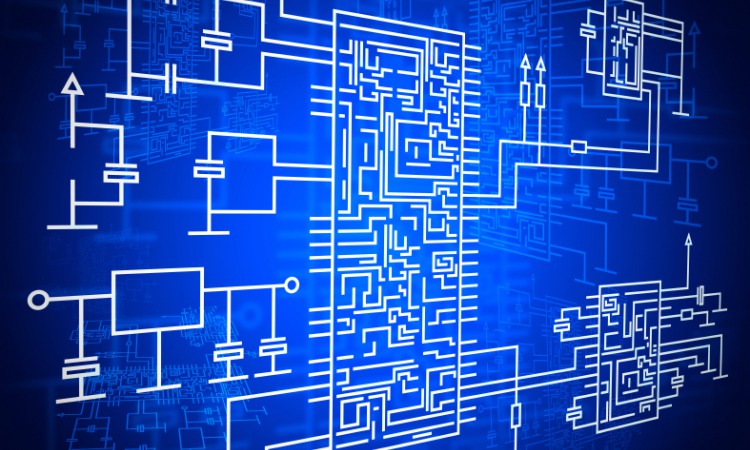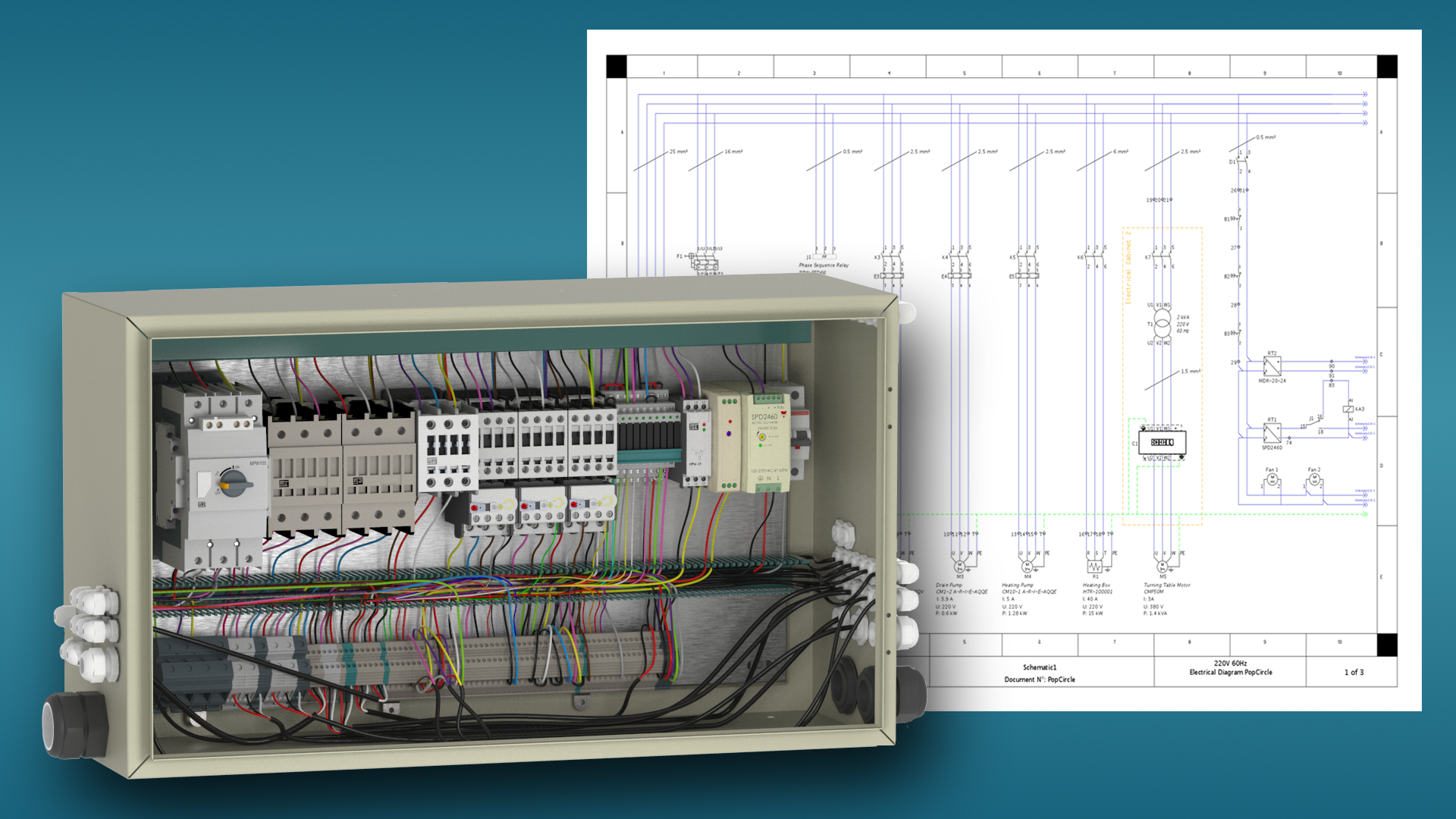Specialized Electrical Engineering Design Services for Residential and Industrial Solutions
Specialized Electrical Engineering Design Services for Residential and Industrial Solutions
Blog Article
Cutting-edge Electric Design Services for Modern Framework
The advancement of modern-day framework requires ingenious electric design solutions that not just improve functional performance but also address sustainability difficulties. As urban settings expand increasingly complicated, integrating technologies such as smart grids and renewable power sources becomes paramount. These developments not only promise to maximize power usage however likewise foster resilience versus future needs. The landscape of electric design is undergoing fast improvement, triggering a better assessment of arising fads and their implications for long-term facilities viability. What might the future hold for those who embrace these cutting-edge approaches?
Importance of Innovative Electric Design
Cutting-edge electric design plays an important duty in modern-day framework, influencing not only effectiveness yet likewise sustainability. As cities develop and the demand for energy boosts, the requirement for sophisticated electric systems comes to be critical. These systems should not just satisfy present needs yet likewise anticipate future development and technical innovations.
A well-executed electrical design can significantly decrease power intake, consequently lowering functional expenses and reducing environmental impact. By incorporating sustainable energy resources, such as photovoltaic panels and wind turbines, innovative styles can enhance power freedom and durability. Wise grid technologies allow for real-time tracking and monitoring of energy circulation, enhancing efficiency and decreasing waste.
Safety and security is another crucial aspect of electric design. Carrying out extensive requirements and advanced modern technologies can alleviate threats connected with electrical failings, guaranteeing a safe and secure atmosphere for citizens and companies alike. Furthermore, ingenious layouts assist in flexibility, allowing facilities to incorporate emerging technologies effortlessly.
Trick Fads in Electrical Design
As the landscape of electric design continues to progress, a number of key trends are shaping the future of the market. One significant pattern is the integration of smart technology right into electrical systems. The expansion of the Web of Points (IoT) has actually allowed real-time tracking and control of electrical tools, enhancing efficiency and promoting predictive upkeep.
One more fad is the growing emphasis on modular design. This approach enables flexible and scalable solutions, enabling facilities to adjust to altering demands without considerable restorations. Additionally, the use of sophisticated simulation tools and Structure Details Modeling (BIM) is coming to be significantly common, improving the design process and boosting collaboration among stakeholders.
In addition, developments in materials science are causing the development of lighter, extra sturdy, and energy-efficient elements. This innovation is specifically important for high-performance structures and framework tasks.
Finally, there is a significant change in the direction of data-driven decision-making - electrical engineering design services. Leveraging information analytics helps designers maximize systems for efficiency and cost-effectiveness. With each other, these trends signify a transformative era in electrical design, improving performance, sustainability, and resilience in modern framework
Sustainable Power Solutions
Sustainable energy services are increasingly coming to be an important emphasis in electrical design, reflecting a broader dedication to environmental duty and resource effectiveness. These options aim to reduce ecological influence while optimizing energy usage in various facilities, from property buildings to big industrial centers.
One of the foremost strategies entails the integration of sustainable power resources, such as solar panels and wind generators, right into electrical systems. This not just minimizes reliance on nonrenewable fuel sources but also boosts energy durability. Furthermore, innovative energy storage space systems, such as sophisticated batteries, enable effective management and circulation of energy, ensuring that surplus power generated throughout top production can be used throughout high demand periods.
In addition, energy-efficient design methods are being embraced to improve overall system performance. This includes making use of energy-efficient lighting, cooling and heating systems, and clever building innovations that keep an eye on and adjust energy usage based on tenancy and environmental conditions.
Smart Grid Technologies
The application of lasting energy options naturally causes the exploration of clever grid innovations, which play a pivotal duty in improving electric systems. Smart grids utilize advanced interaction modern technologies and data analytics to boost the dependability, efficiency, and sustainability of electricity distribution. By incorporating digital innovation with standard grid facilities, these systems assist in real-time surveillance, automated control, and boosted decision-making capacities.
One of the essential attributes of clever grids is their capability to fit renewable resource sources, such as solar and wind power. This flexibility not only decreases dependence on nonrenewable fuel sources however likewise enables a more decentralized energy manufacturing design. Smart grids allow demand action programs, where consumers can readjust their power usage based on real-time prices, thereby advertising power preservation and decreasing peak tons demands.
Additionally, wise grid innovations improve this grid resilience by making it possible for quicker identification and resolution of interruptions, ultimately decreasing downtime. With site anticipating maintenance and analytics, energies can enhance operations and boost solution shipment. As cities and communities proceed to progress, clever grid innovations are vital for building a effective and sustainable electrical facilities that fulfills the demands of modern society.

Future-Proofing Framework
To ensure long-term viability and flexibility, future-proofing facilities is crucial in the rapidly advancing landscape of electric design solutions. As innovation breakthroughs and energy demands change, it is crucial that electrical systems are created with versatility in mind. This requires integrating scalable options that can accommodate future upgrades without necessitating comprehensive overhauls.

Additionally, sustainability should be a keystone of future-proofed layouts. Using renewable resource sources, such as solar and wind, and optimizing energy performance decrease dependency on fossil gas, straightening why not try here with international initiatives to battle environment adjustment.
Final Thought
In final thought, ingenious electric design solutions play an essential duty in shaping modern-day facilities. By focusing on performance, sustainability, and adaptability, these solutions attend to the progressing needs of energy systems. The assimilation of smart grid technologies and sustainable power solutions enhances strength and decreases operational costs. Future-proofing infrastructure with sophisticated simulation devices and modular strategies makes certain that electrical systems stay responsive to altering needs, ultimately adding to an extra energy-independent and sustainable future.
A well-executed electric design can dramatically minimize power intake, therefore decreasing operational costs and minimizing environmental influence. By incorporating eco-friendly energy sources, such as solar panels and wind generators, ingenious designs can improve energy self-reliance and strength. Additionally, innovative power storage systems, such as sophisticated batteries, make it possible for efficient monitoring and distribution of power, ensuring that excess power created throughout height manufacturing can be used during high need durations.
Clever grids enable demand response programs, where consumers can change their energy use based on real-time rates, thereby advertising power preservation and decreasing peak load needs. (electrical engineering design services)
As modern technology developments and energy needs change, it is crucial that electric systems are created with versatility in mind.
Report this page